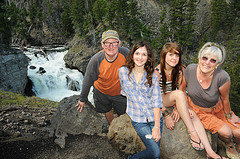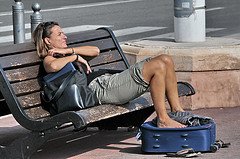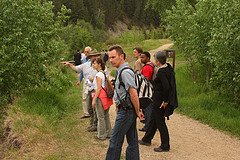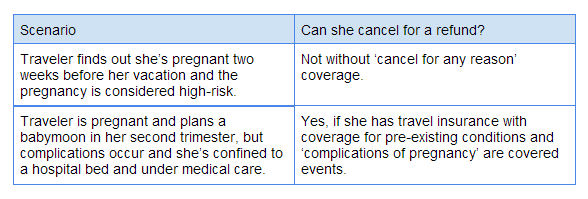Many Chicagoans, as well as Chicago visitors, look forward to the opportunity to dine outside – especially when the weather warms up. So the activity at many rooftop restaurants in Chicago heats up in the summer time. Of course, in a city like Chicago, a rooftop restaurant means dining very high – among the tallest skyscrapers – with a view of the city lights at night.
For your early summer enjoyment, check out the highest rooftop restaurants in Chicago (shown highest first).
1. Signature Room – on the 95th floor

A landmark in Chicago and located in the John Hancock Center on the Magnificent Mile, the Signature Room is located on the 95th floor. This makes the Signature Room the highest rooftop restaurant in Chicago. In addition to the restaurant that features artisan-quality meals with it’s heart-thumping views, the Signature Room also has a notable lounge.
(Photo: Signature Room)
2. Cit̩ Рon the 70th floor

Perched high atop Lake Point Tower, one of the tallest residential buildings in the world, Cité delivers 360-degree views with it’s award-winning cuisine.  Cité boasts unobstructed views of the city and a lakefront that spans over three states from the 70th floor of Lake Point Tower. Cité is an enclosed restaurant, which means it’s also open year-round.
(Photo: Cité)
3. Roof at the Wit – on the 27th floor
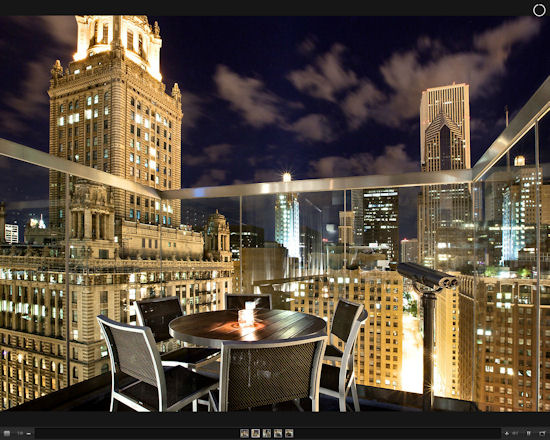
The Roof at the Wit is a rooftop restaurant at the top of the Wit, the newest downtown Chicago boutique hotel located on historic State Street. On the 27th floor is the Roof with panoramic views of the Chicago River, skyline, and Millennium Park. The Roof at the Wit is open year-round and has open-air dining warmed by a built-in fire pit. With talented chefs skilled at creating market-fresh meals, the food plays well with the views.
(Photo: Roof at the Wit)
4. Vertigo Sky Lounge – on the 26th floor

Boasting they are the only year-round indoor and outdoor rooftop lounge in Chicago, the Vertigo Sky Lounge is on the 26th floor at the Dana Hotel on State Street. The outdoor fire pit adds ambiance and warmth to chilly evenings and an ice bar cools things down in winter. The Vertigo Sky Lounge features live DJs every night and a packed calendar of events.
(Photo: Vertigo Sky Lounge)
5. Sixteen – on the 16th floor
Located on the 16th floor at the top of Trump International Hotel and Tower, Chicago, Sixteen is a Michelin-rated and Forbes 5-Star restaurant delivers a true epicurean experience. Executive Chef Thomas Lents leads a talented team to present French-inspired American cuisine created with ingredients sourced from around the world The restaurant’s 30-foot floor-to-ceiling windows afford an inspiring backdrop containing Lake Michigan, the Chicago River, and the Wrigley Clock Tower.
(Photo: Sixteen)




 Comprised of six beautifully restored cave houses, the
Comprised of six beautifully restored cave houses, the 






